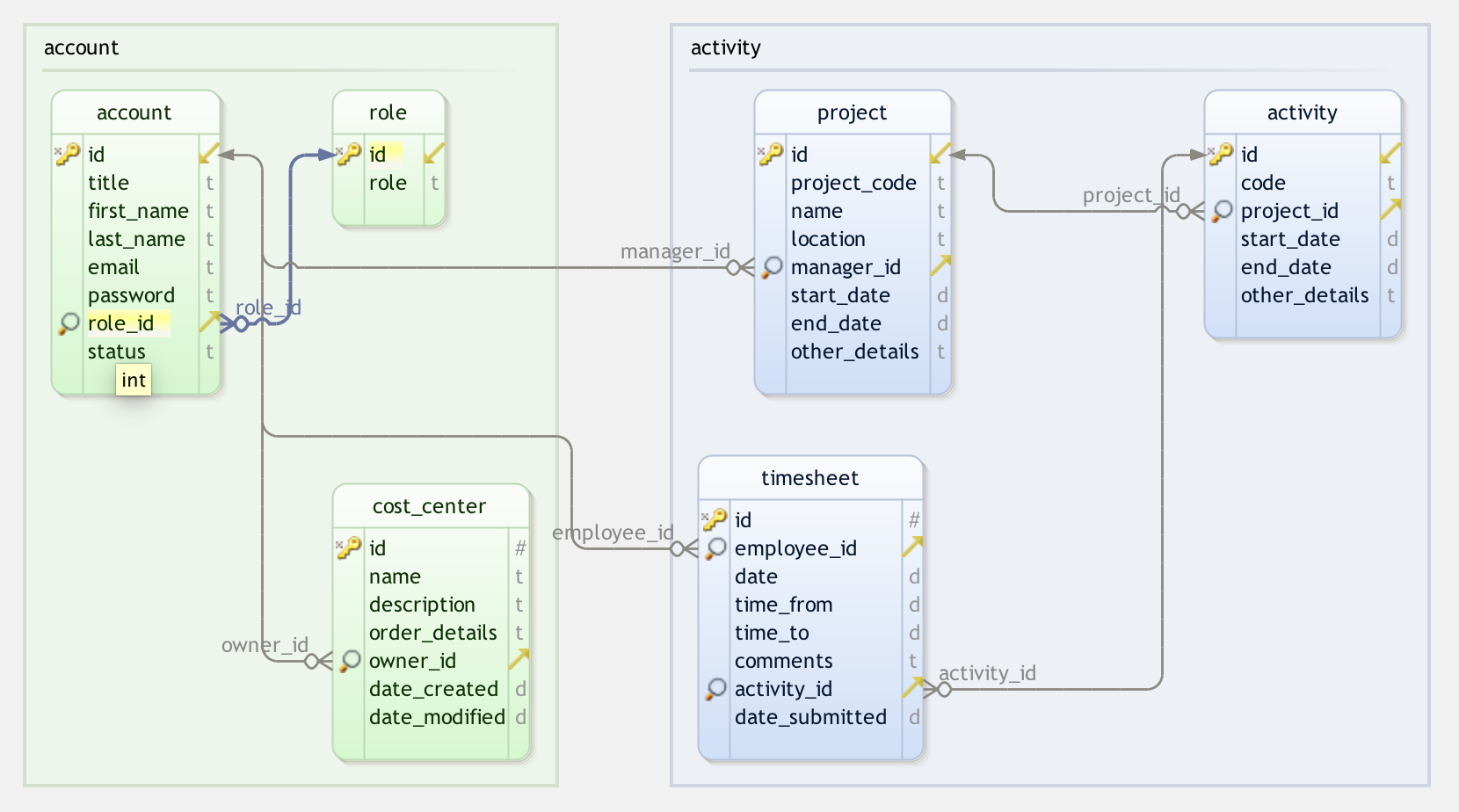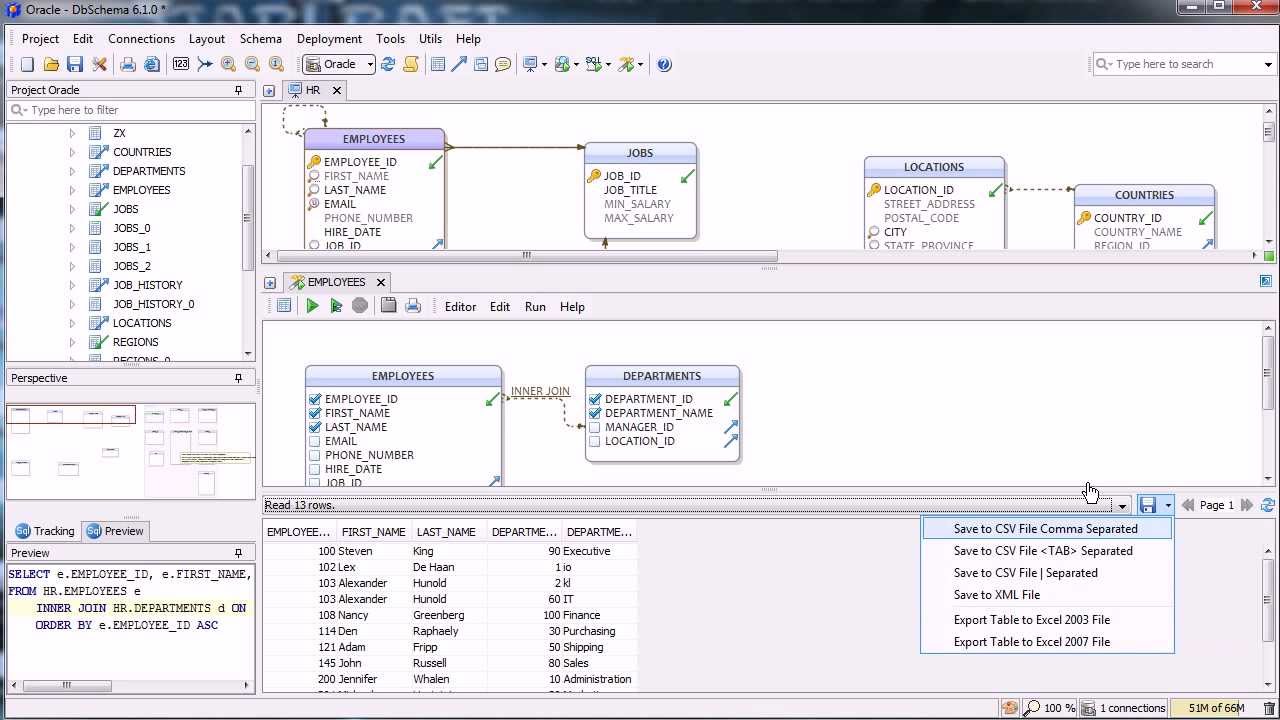

On top of all this, new tables have crept into the diagram such as AppDatabase and UserApp. And if you’re not a seasoned sysadmin, I’ll let you in on what you should think when you hear “complexity”: shit will break more often. First, everywhere you see the annotation FK (tech lingo: foreign key) is another point of added complexity. In the diagram above, we’ve had to add a lot of complexity into the system to make it fit the relational model. Several JOIN tables have been added just so different tables can communicate with one another. The relational database version of our initial “whiteboard” data model. In this data center management domain (pictured below), several data centers support a few applications using infrastructure like virtual machines and load balancers. Creating a graph database from there is just a matter of running a few lines of code. Here’s the kicker: That model you drew is already a graph. Probably a collection of circles and boxes connected by arrows and lines, right? Imagine what your whiteboard structure looks like. On the other hand, modeling your data for graph technology couldn’t be simpler. By the time you have a working database, it looks nothing like your original whiteboard sketch (making it difficult to tell whether it’s meeting user needs). With traditional database management systems, modeling is far from simple.Īfter whiteboarding your initial ideas, a relational database requires you to create a logical model and then force that structure into a tabular, physical model. Then, in the modeling process you map those needs into a structure for storing and organizing your data. You start with your business and user needs (i.e., what you want your application to do). So if you don’t know a single line of code, you’re in luck.Īnyone can do basic data modeling, and with the advent of graph database technology, matching your data to a coherent model is easier than ever.Ī Brief Overview of the Data Modeling Processĭata modeling is an abstraction process. In fact, data modeling is as much a business concern as a technological one. While some data modeling scenarios really are best left up to the experts, it doesn’t have to be difficult by default.

You may worship the expert data modeler from afar. Often reserved solely for senior database administrators (DBAs) or principal developers, data modeling is sometimes presented as an esoteric art unknownable to mere mortals. That structuring process is known as data modeling. When it comes to creating a new application or data solution, you need to provide a structure for that data. The shape, size and functionality of that container depends on your intended use, but in general, a container is necessary. It’s probably useless if you don’t put it in a helpful container.
#Data modeling using dbschema how to
(Psst! If you’re already a data modeling vet, check out this article on how to deploy your seasoned skills to a graph database model.)ĭata is like water. This week, we’ll discuss the basics of data modeling for graph technology. In past weeks, we’ve covered why graph technology is the future and why connected data matters. In this Graph Databases for Beginners blog series, I’ll take you through the basics of graph technology assuming you have little (or no) background in the space. Today, we’re going to take a closer look at one in particular – the graph data model – and walk you through a better first-time data modeling experience than I originally had. Other data models exist, and they are awesome. The good news: The relational model doesn’t have to be your default. But when it’s used as the one-size-fits-all data model for every project and application under the sun, well, there’s going to be a lot of mismatch. This isn’t to say that the RDBMS model is always bad (it isn’t) or that it always sucks (it doesn’t). Of course, that meant my lessons in data modeling would follow the relational data model – and not to spoil the ending – but it sucked. Like a lot of backend developers at the time, we didn’t intentionally choose to use an RDBMS, it was just the default ( that’s no longer the case). Our team was using a relational database (RDBMS), specifically MySQL (we later switched to Postgres).

Starting out, the first thing I learned was data modeling. For six-ish months of my life, I was a database developer.


 0 kommentar(er)
0 kommentar(er)
